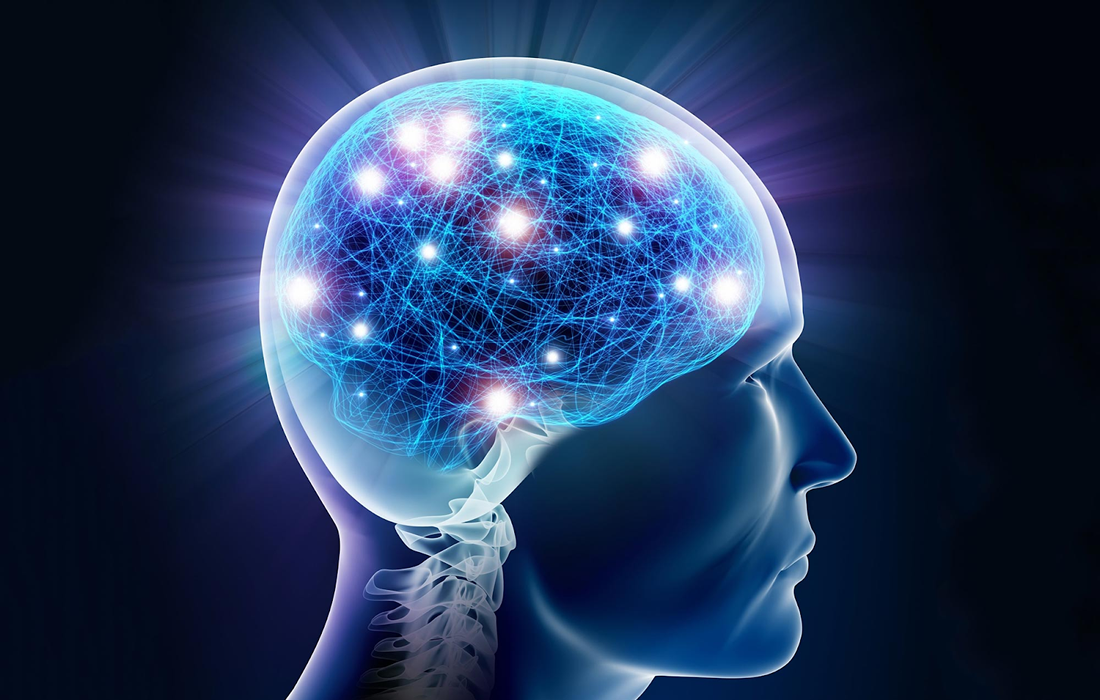Regenerative Medicine News and General Information
Discovery of Anti-Inflammatory Molecules Linked to Aging Brain
Aging involves complicated plot twists and a large cast of characters: inflammation, stress, metabolism changes, lipids and many others. SGDGs (3-sulfogalactosyl diacylglycerols) are a class of lipids, also called fats. Lipids contribute to the structure, development, and function of healthy brains, while badly regulated lipids are linked to aging and diseased brains. However, lipids, unlike genes and proteins, are not well understood and have often been overlooked in aging research.
Now, a team of Salk Institute and UC San Diego scientists reveal SGDGs decline in the brain with age and may have anti-inflammatory effects.
The researchers made three discoveries involving SGDGs: In the brain, lipid levels are very different in older mice than in younger mice; all SGDG family members and related lipids change significantly with age; and SGDGs may be regulated by processes that are known to regulate aging.
To reach these findings, the team took an unusual, exploratory approach that combined the large-scale study of lipids (lipidomics) with structural chemistry and advanced data analytics. They first obtained lipid profiles of mouse brains at five ages, ranging from one to 18 months, using liquid chromatography-mass spectrometry. Technological advances in this instrumentation vastly expanded the number of data points available to the scientists, and advanced data analysis allowed them to determine age-related patterns in the enormous lipid profiles. The team then constructed SGDG molecules and tested them for biological activity.
The analysis showed that SGDGs possess anti-inflammatory properties, which could have implications for neurodegenerative disorders and other neurological conditions that involve increased inflammation in the brain.
The team also discovered that SGDGs exist in human and primate brains, suggesting that SGDGs may play an important role in animals other than mice. Further research will be required to show if SGDGs contribute to human neuroinflammation.
In the future, the team will examine how SGDGs are regulated with aging and what proteins are responsible for making them and breaking them down, which may open the door to discovering novel genetic activity associated with aging.
SOURCE:
Dan Tan, Srihari Konduri, Meric Erikci Ertunc, Pan Zhang, Justin Wang, Tina Chang, Antonio F. M. Pinto, Andrea Rocha, Cynthia J. Donaldson, Joan M. Vaughan, Raissa G. Ludwig, Elizabeth Willey, Manasi Iyer, Peter C. Gray, Pamela Maher, Nicola J. Allen, J. Bradley Zuchero, Andrew Dillin, Marcelo A. Mori, Steven G. Kohama, Dionicio Siegel, Alan Saghatelian (October 20 , 2022). A class of anti-inflammatory lipids decrease with aging in the central nervous system. Nature Chemical Biology. Retrieved from : https://www.nature.com/articles/s41589-022-01165-6
IMAGE: https://scitechdaily.com/images/Human-Brain-Memories-Neurons.jpg

